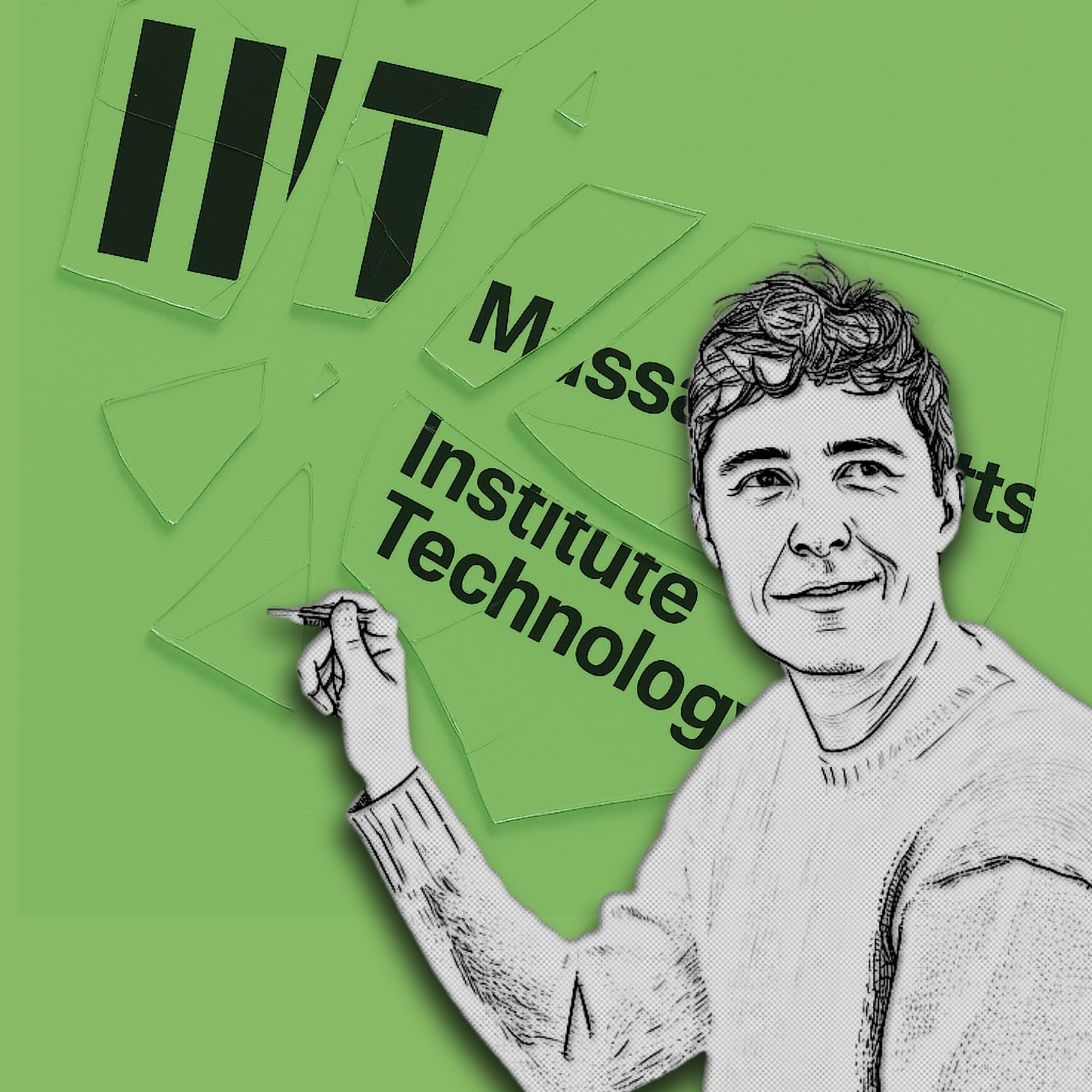Welcome to Black Sheep, a spin-off publication of my serialized memoir. SMIRK. While SMIRK was a deep dive into my unusual personal and professional relationship with one unique white-collar fraudster— Martin Shkreli — Black Sheep takes a broader view and tells the stories of a wider range of business crimes and failures.
This publication will examine cultural themes and motives that contribute to lying, cheating, stealing, and related self-inflicted disasters; the impacts of those events; and the people who play starring roles in these dramas. I find these tales both cautionary and fascinating; I hope you will, too. (Note: Like SMIRK, Black Sheep is a personal work that is not affiliated with and does not represent the views of any of my employers, past or present.)
Anti-Tech Resistance
It was only a matter of time before the Luddites came for AI. Professors, it turns out, are leading the charge.
Fueled by a viral New York Magazine piece titled “Everyone Is Cheating Their Way Through College,” university faculty are raising moral panic over students outsourcing their assignments to ChatGPT. The implication is that the machines are to blame.
But here’s the thing: While robots might make the process easier, academic cheating is a human problem, not a tech one.
To illustrate my point: MIT just disavowed a widely publicized study on AI and productivity. The author, 26-year-old doctoral student Aidan Toner-Rodgers—now a former doctoral student, as MIT quietly noted—allegedly fabricated the data. All of it. He may have even made up the lab where the research supposedly took place, describing it in his paper only as an “R&D lab of a large U.S. firm.”
Though loud in its tech-related ambition, his alleged wrongdoing was strictly analog, not the fault of AI. The mendacity echoed another case from decades earlier, journalist Stephen Glass, who infamously faked whole articles for The New Republic. Toner-Rodgers purportedly relied on the same basic human quality that Glass did: our desire to believe impressive lies.
*****
If you were a journalism student in the early 2000s like I was, Glass needs no further introduction. He served as one of the most emblematic cautionary tales regarding journalistic ethics, or rather, an utter lack of them. His story was adapted into a critically acclaimed 2003 film, Shattered Glass, starring Hayden Christensen. Like my peers, I watched the movie and recoiled in fascination and horror…







